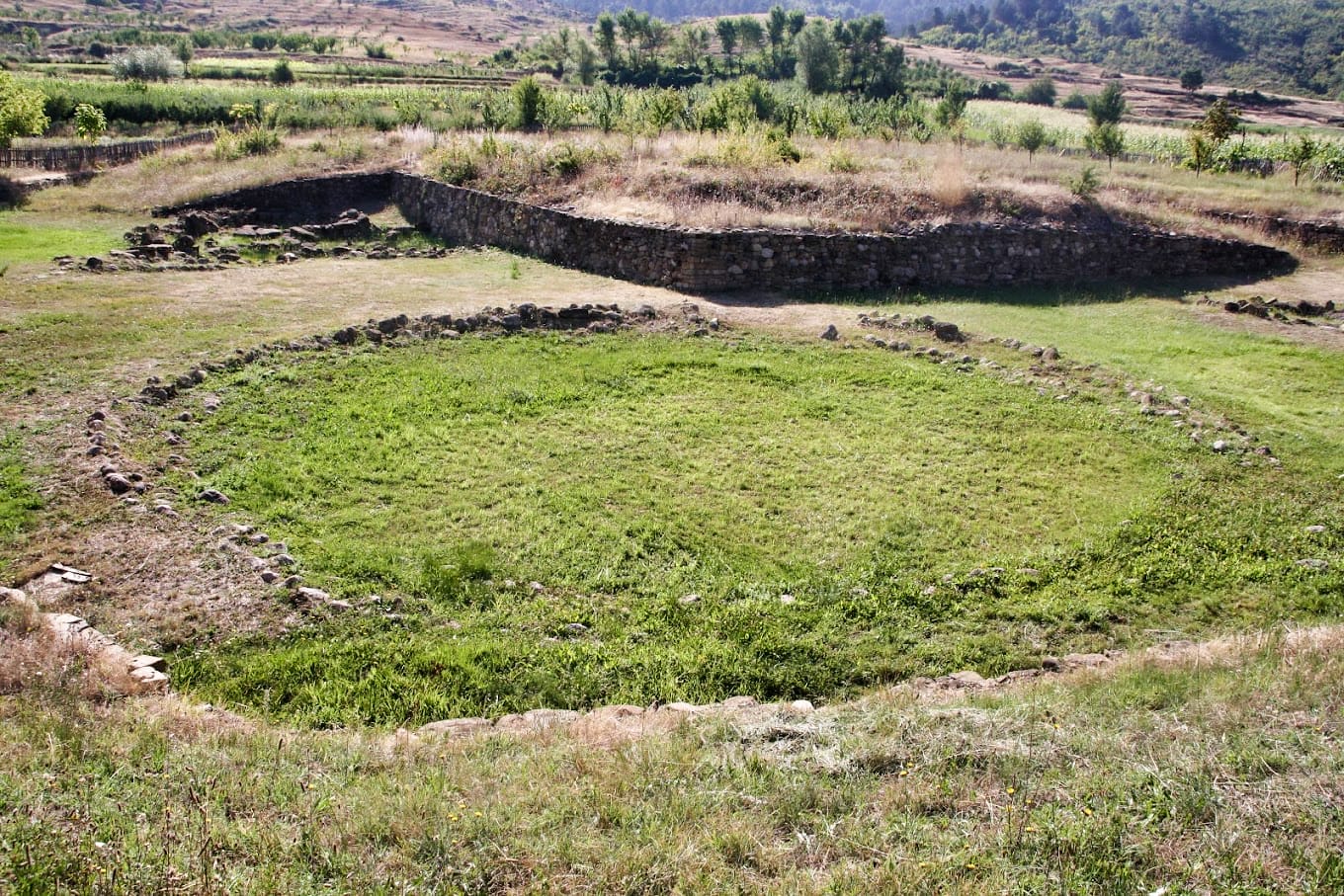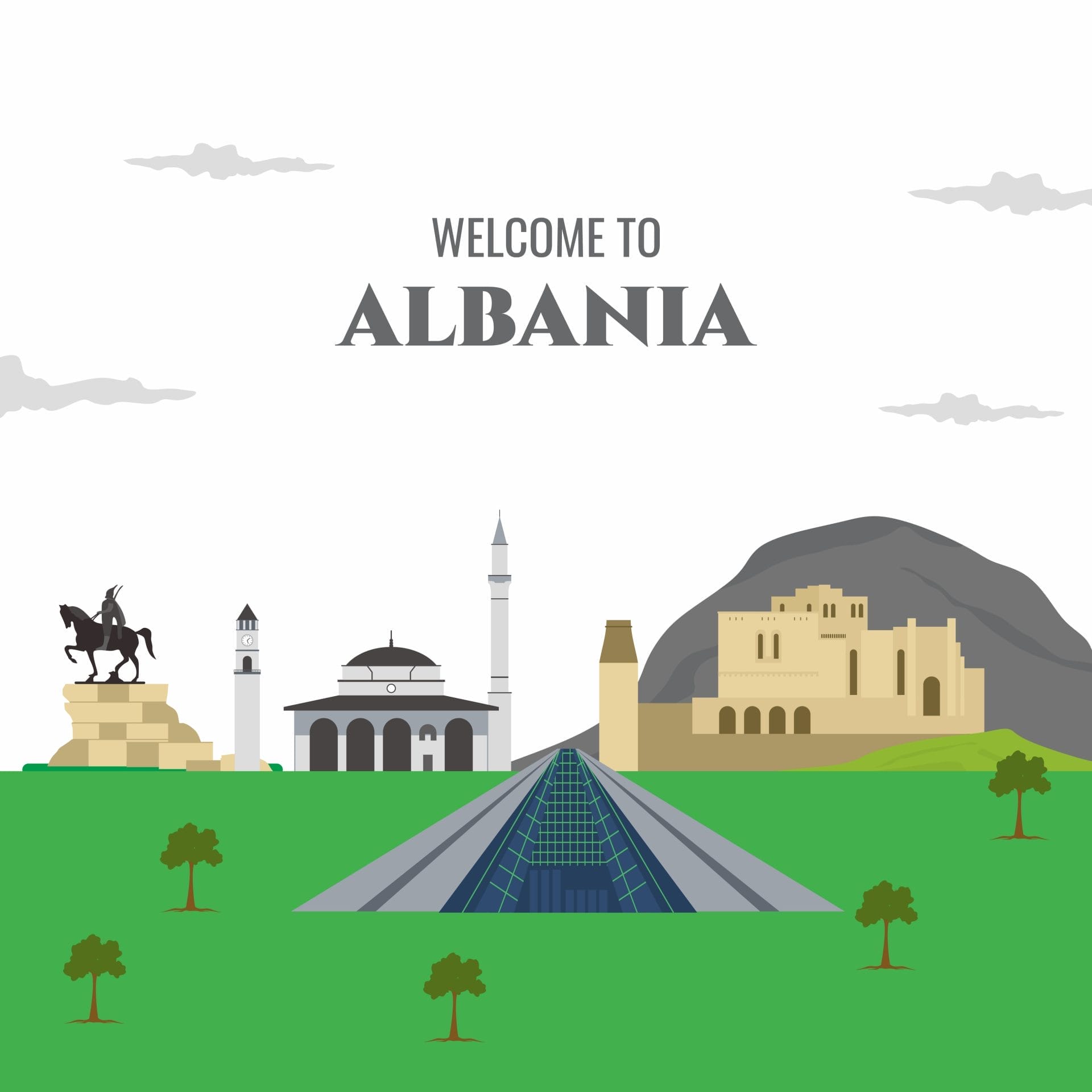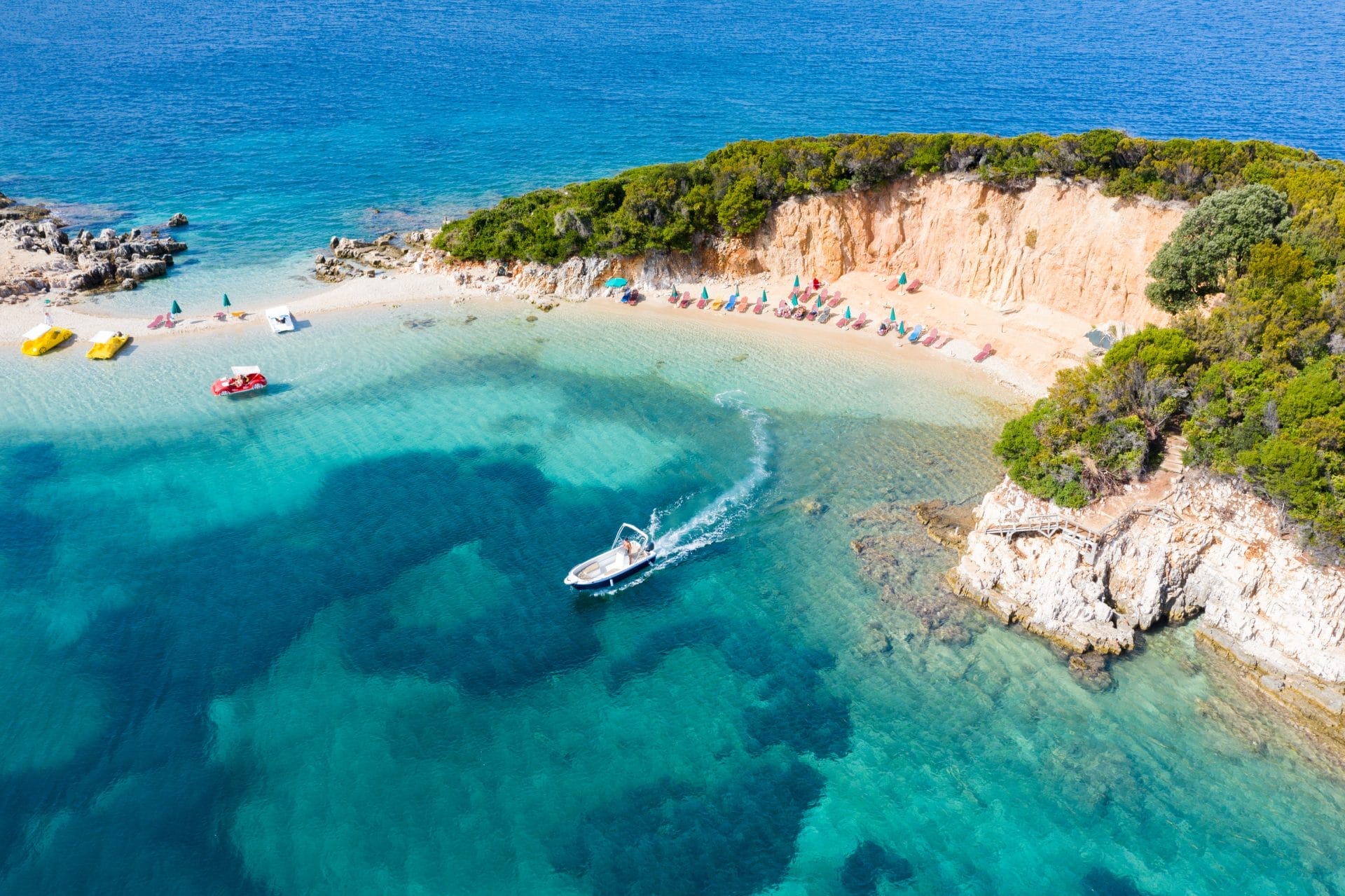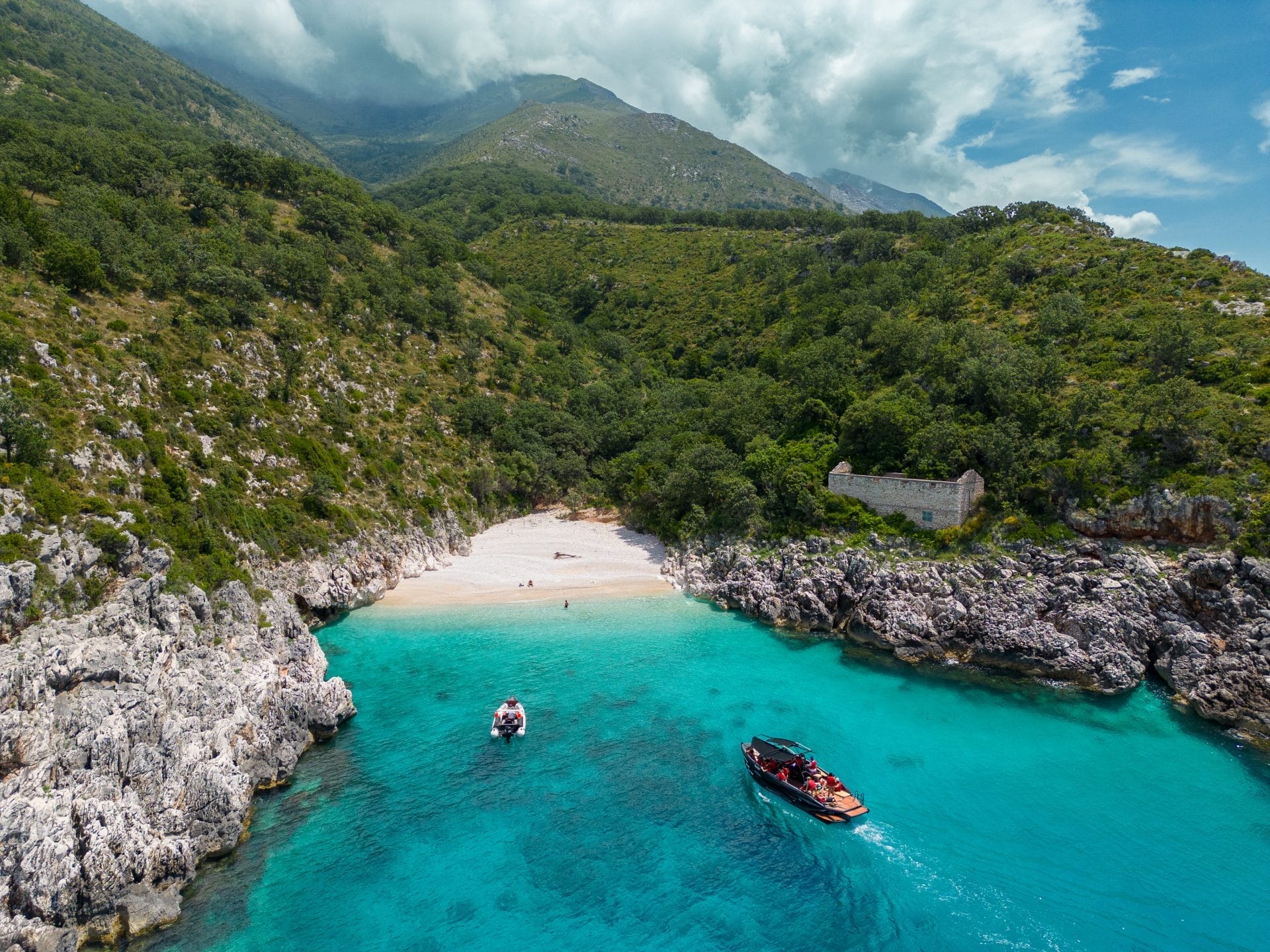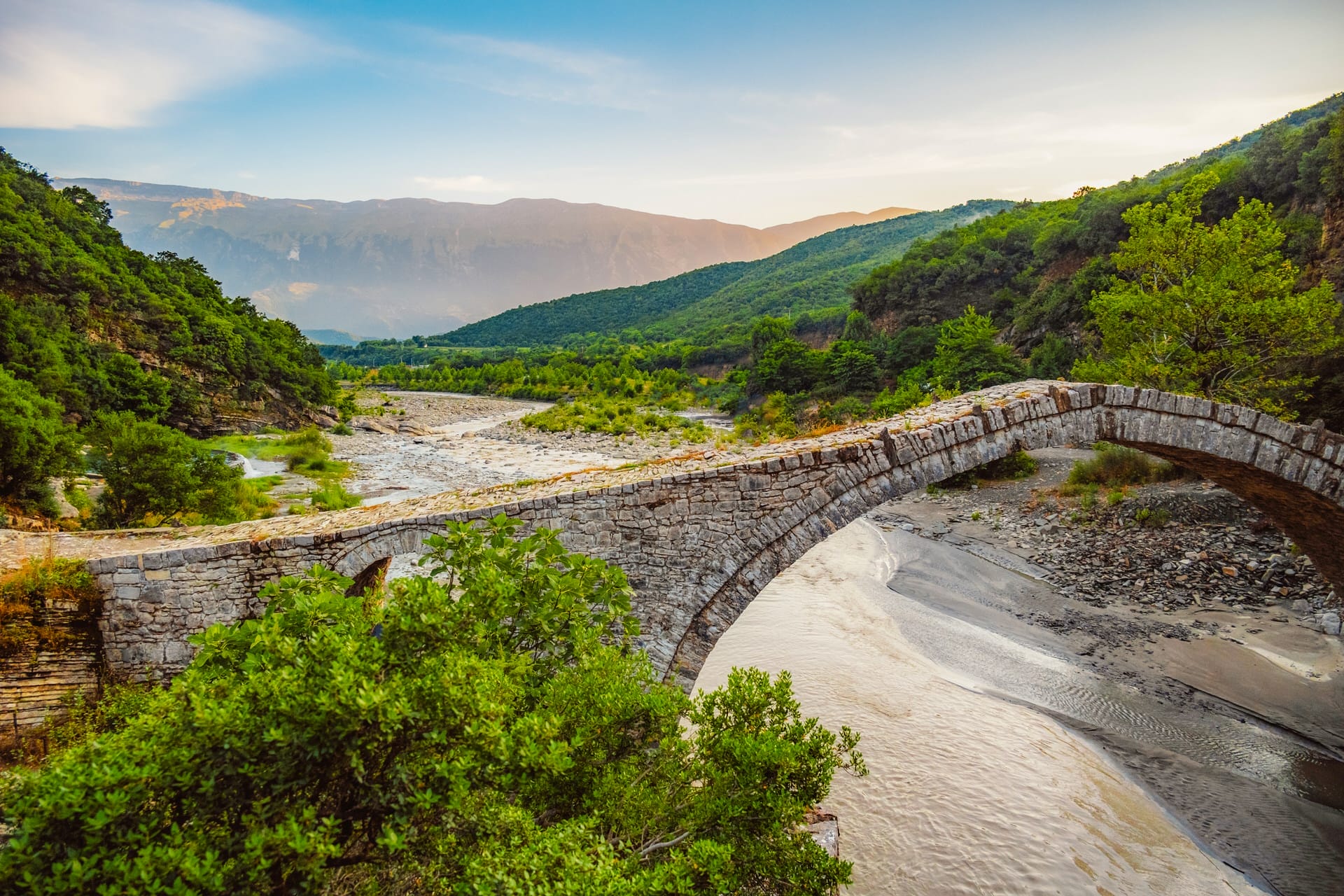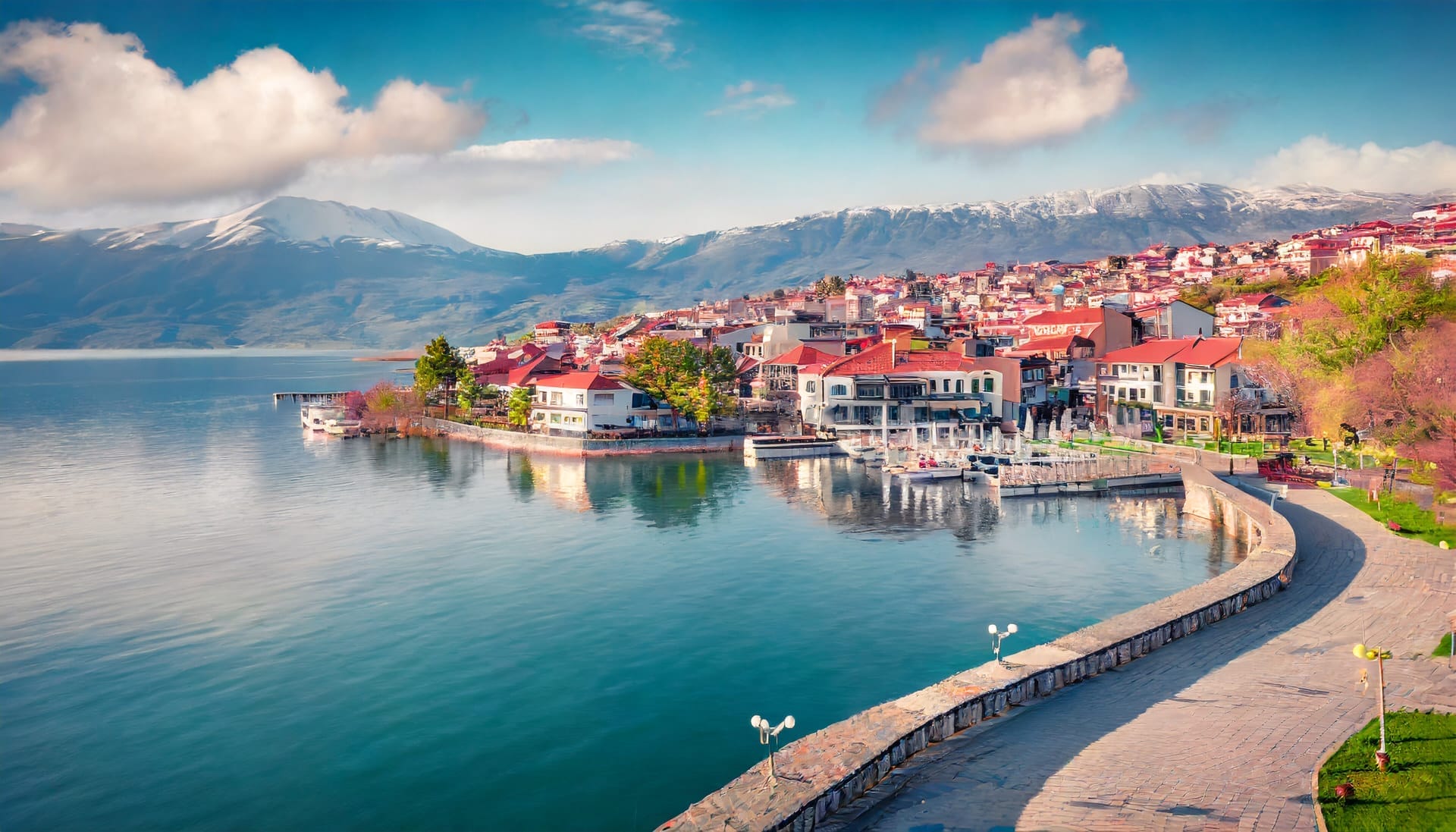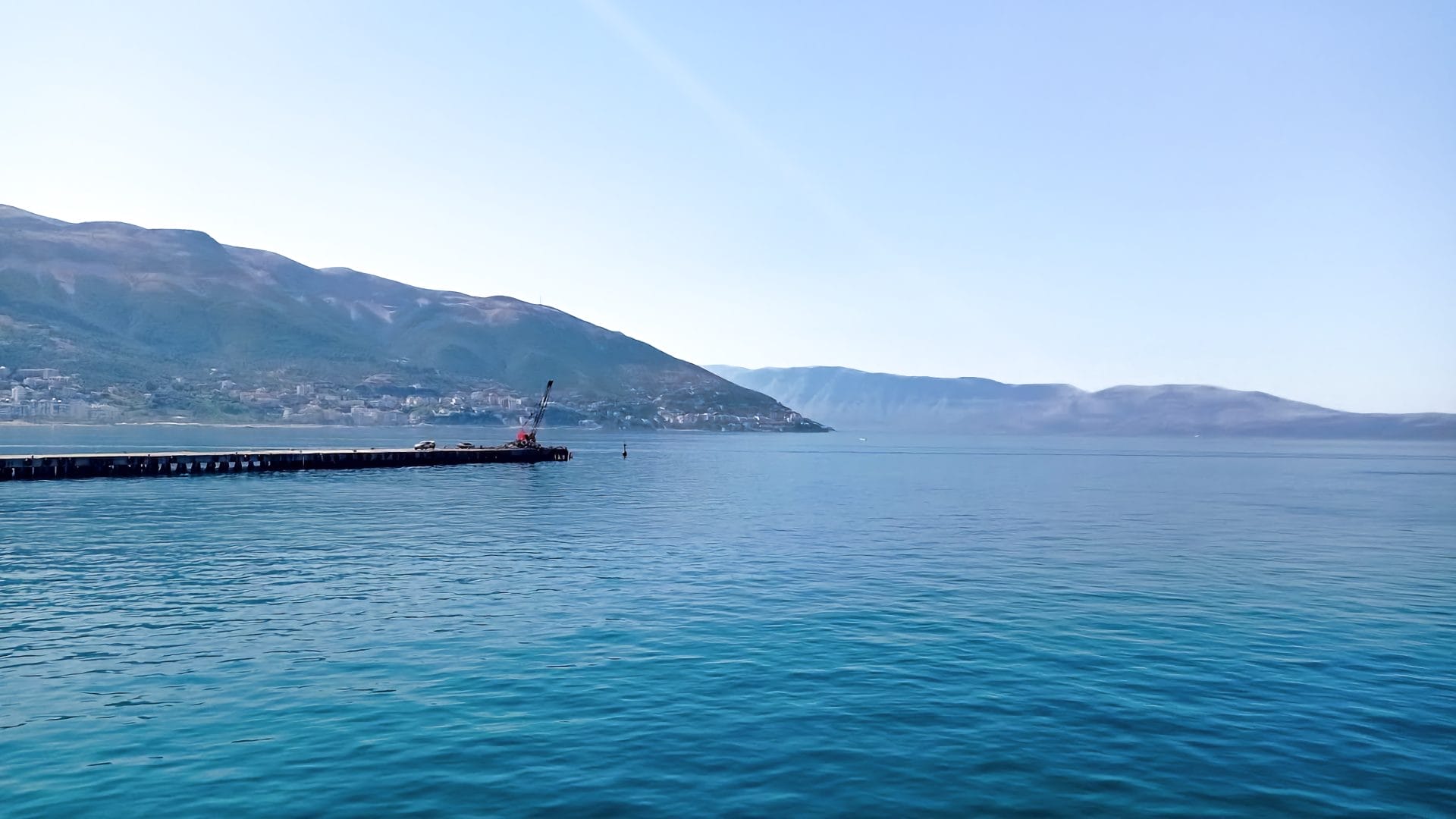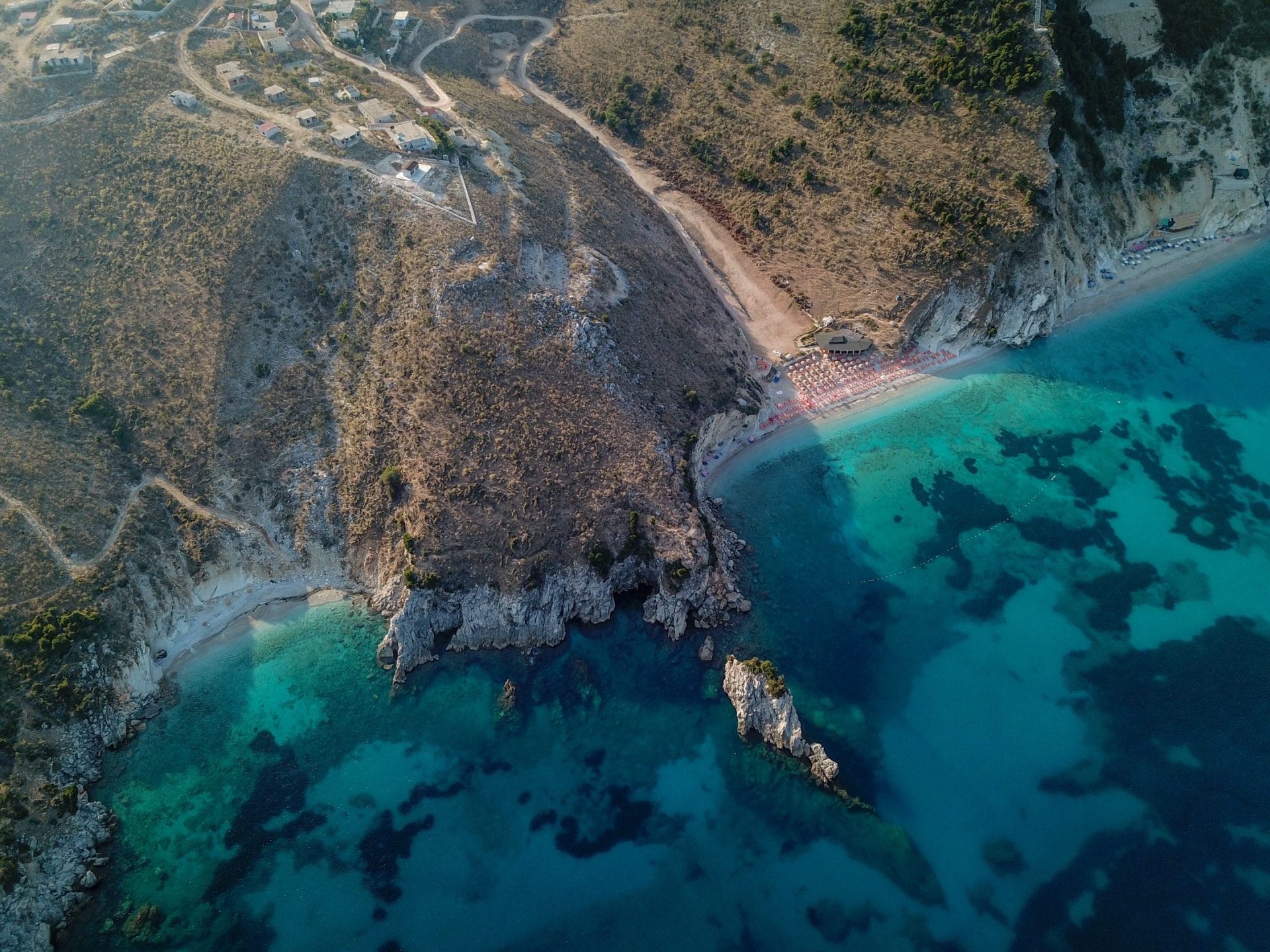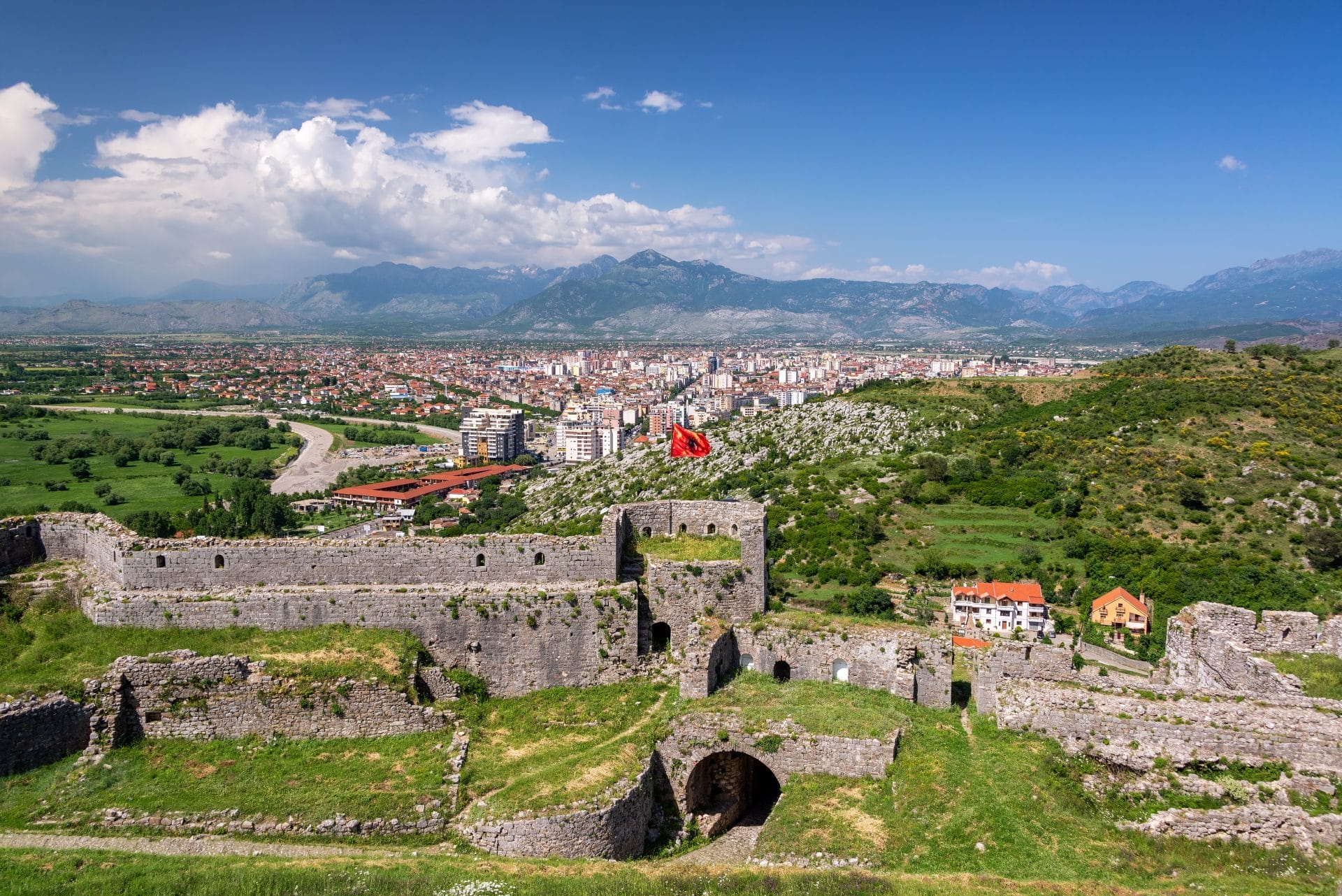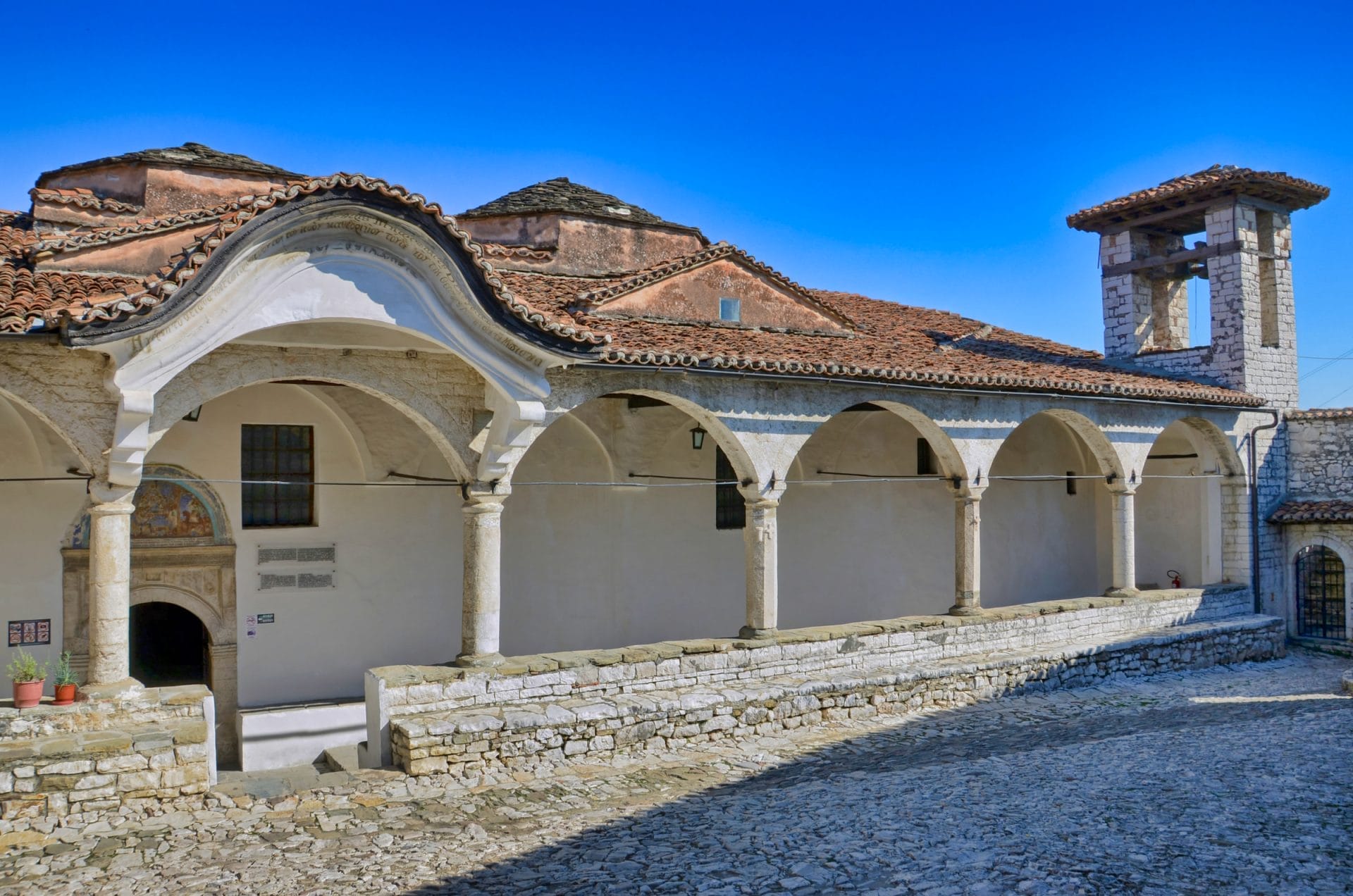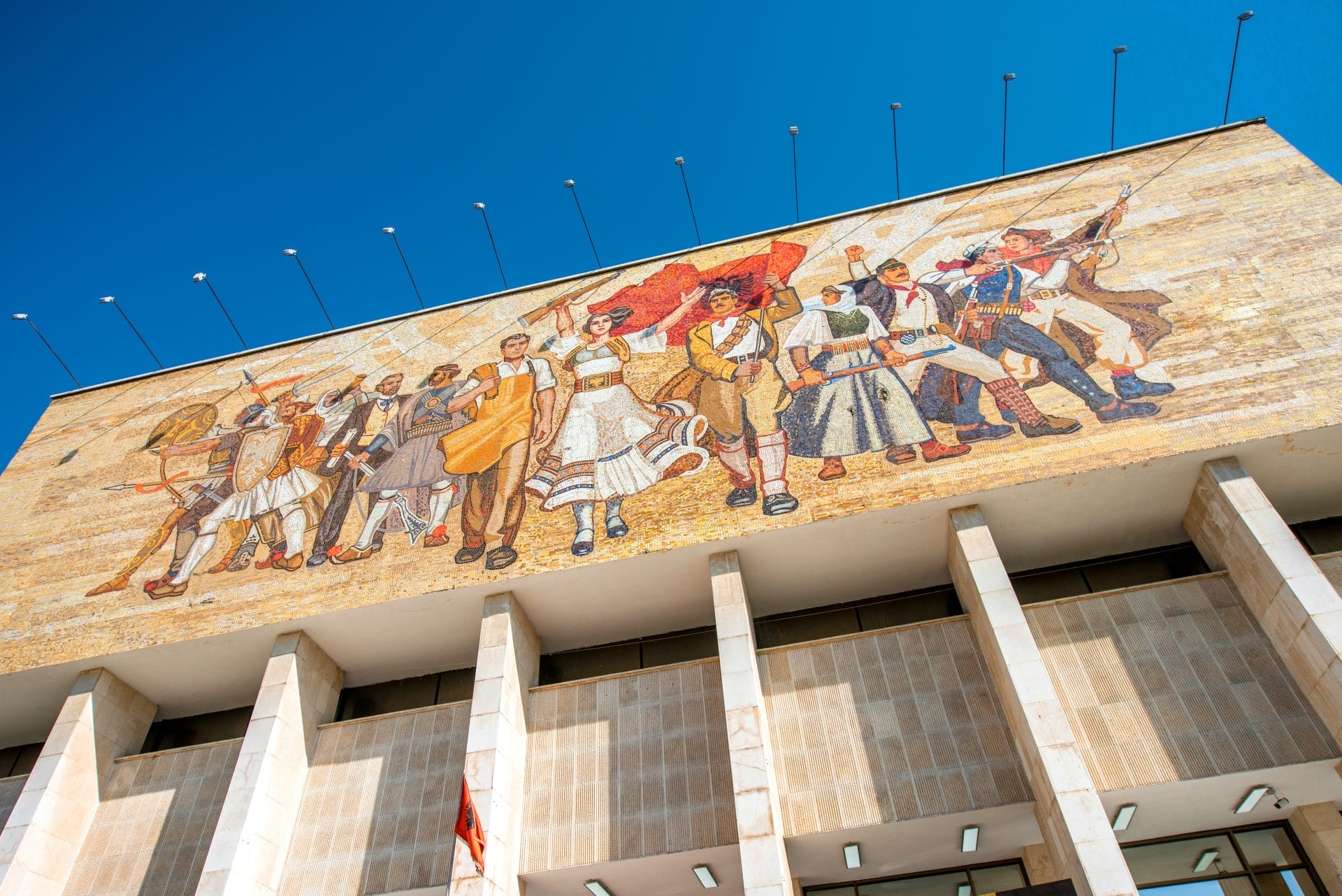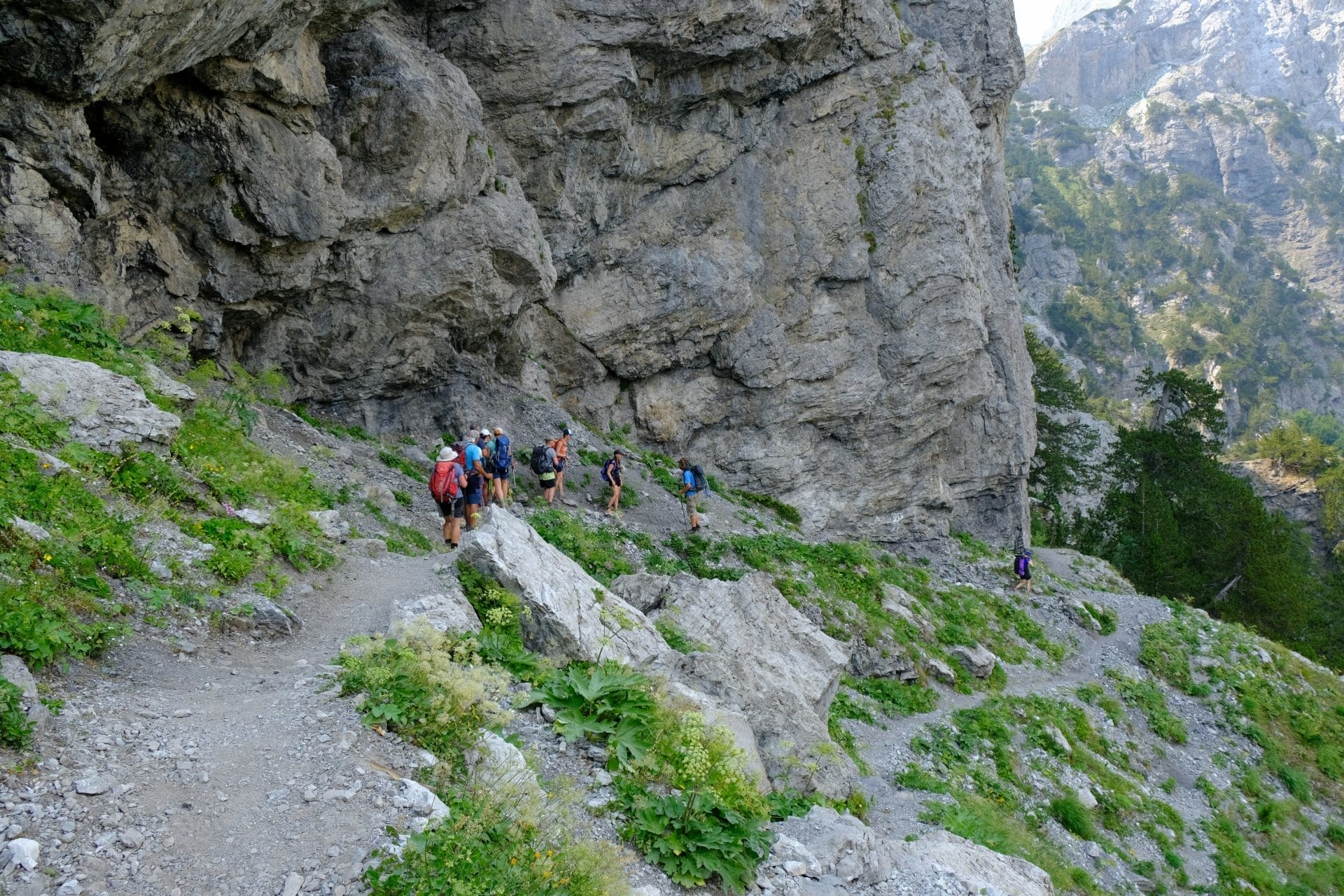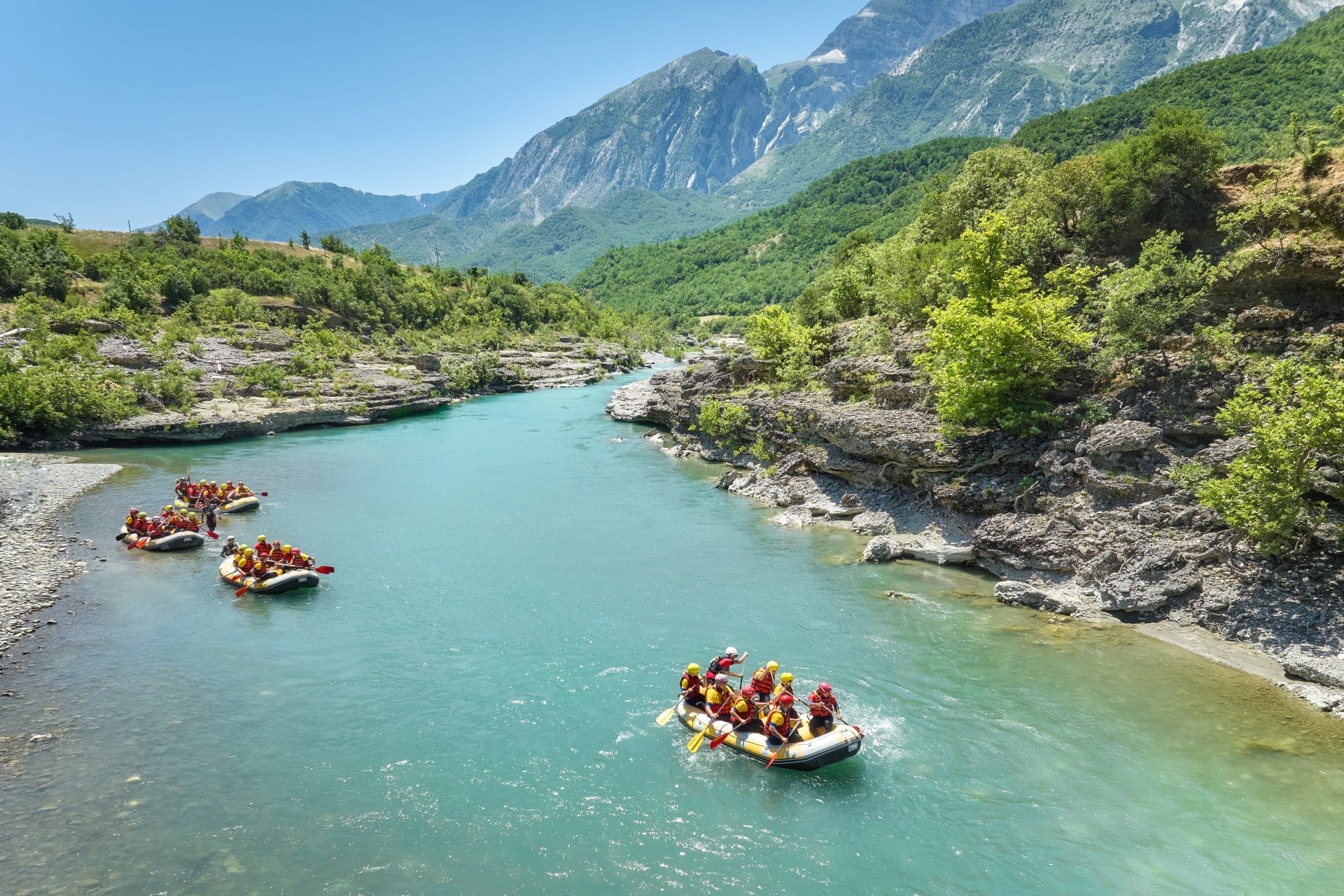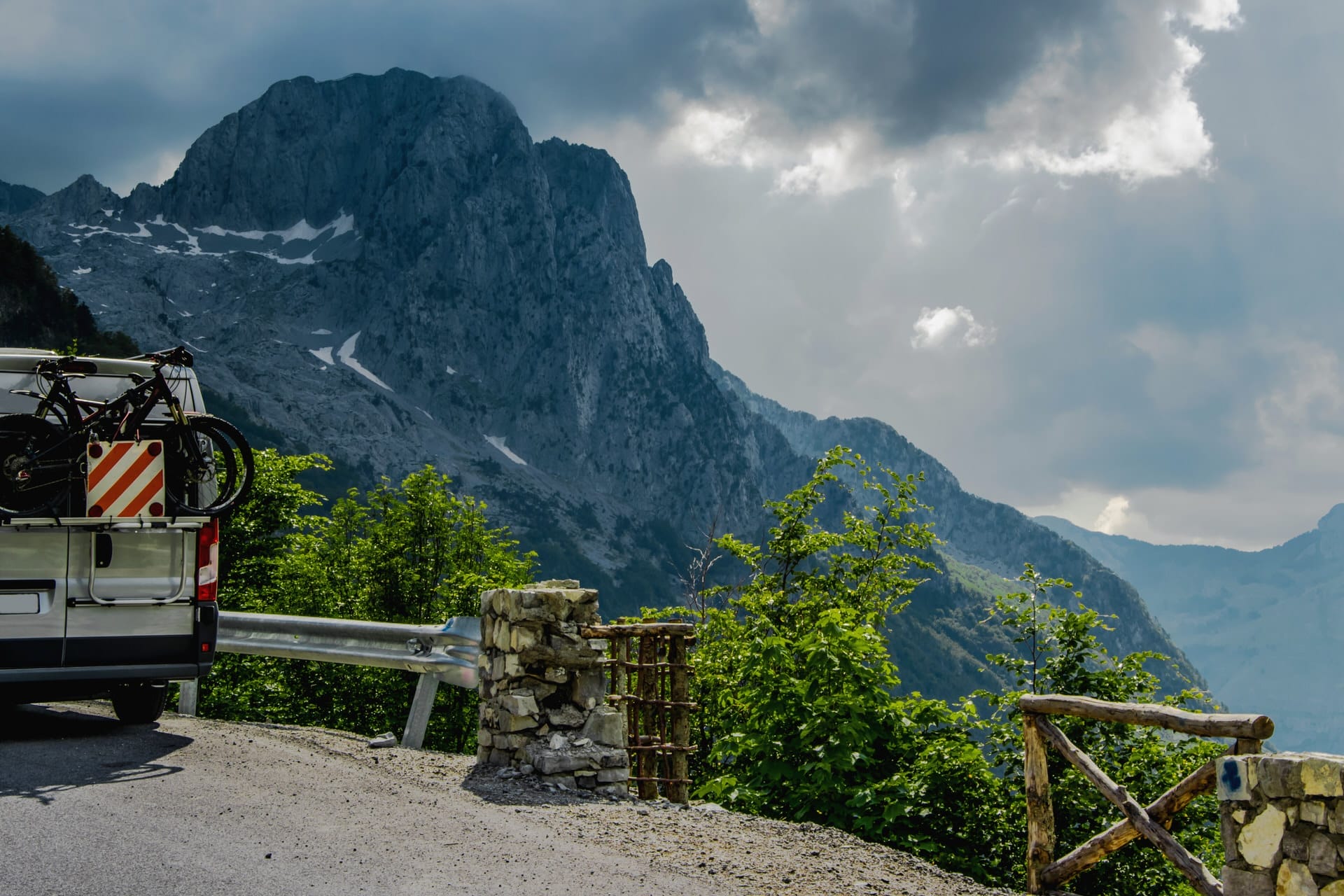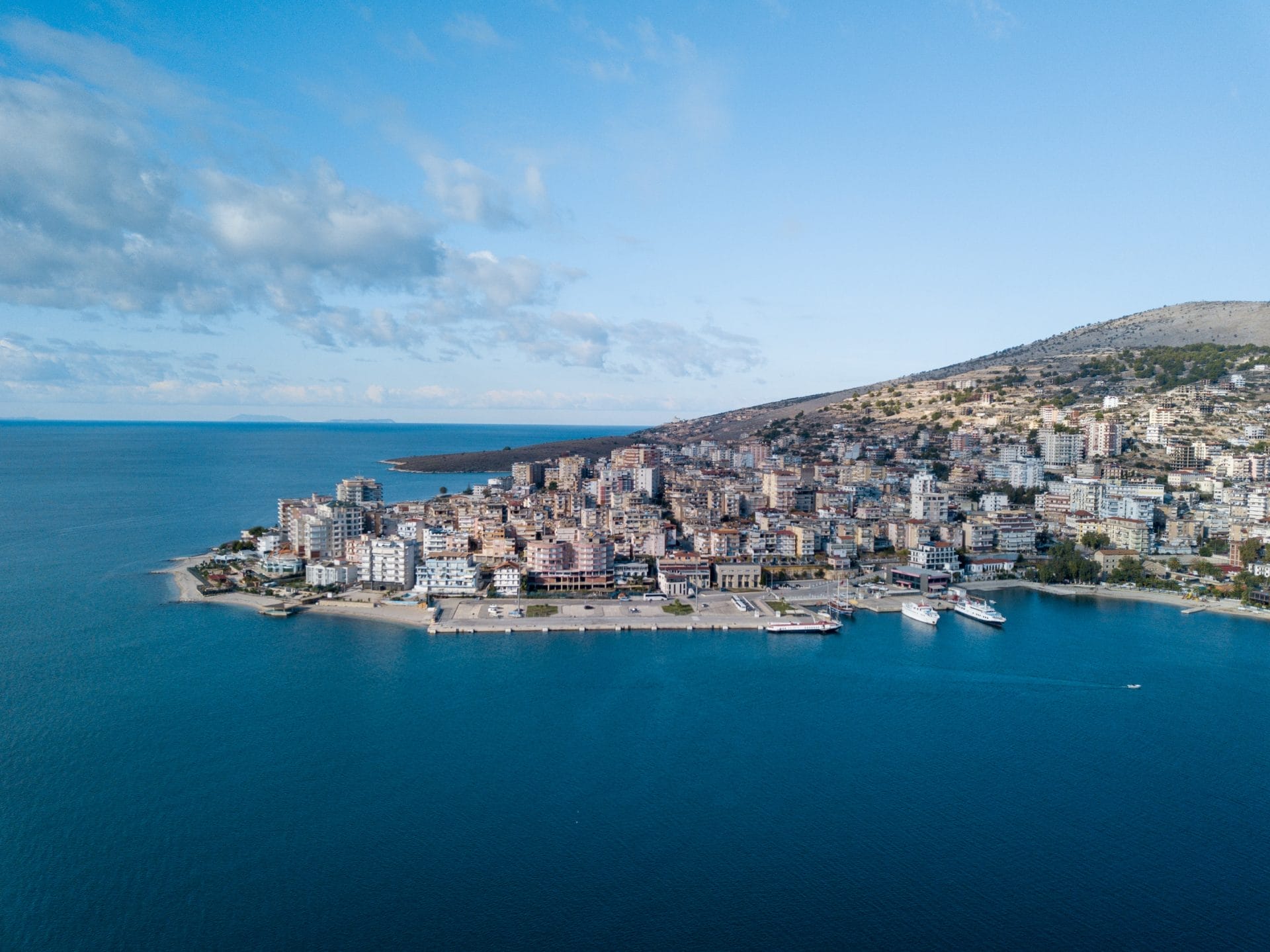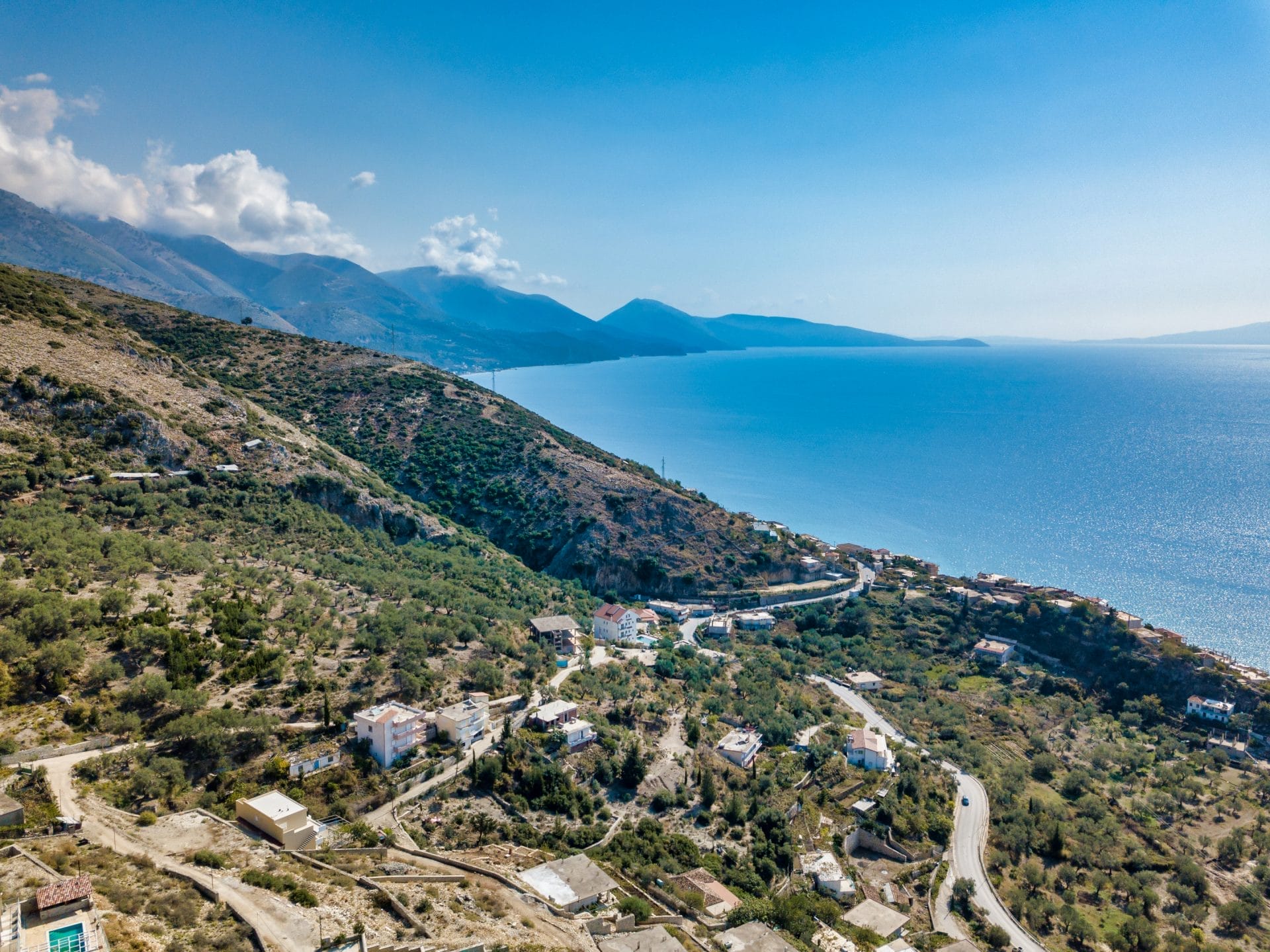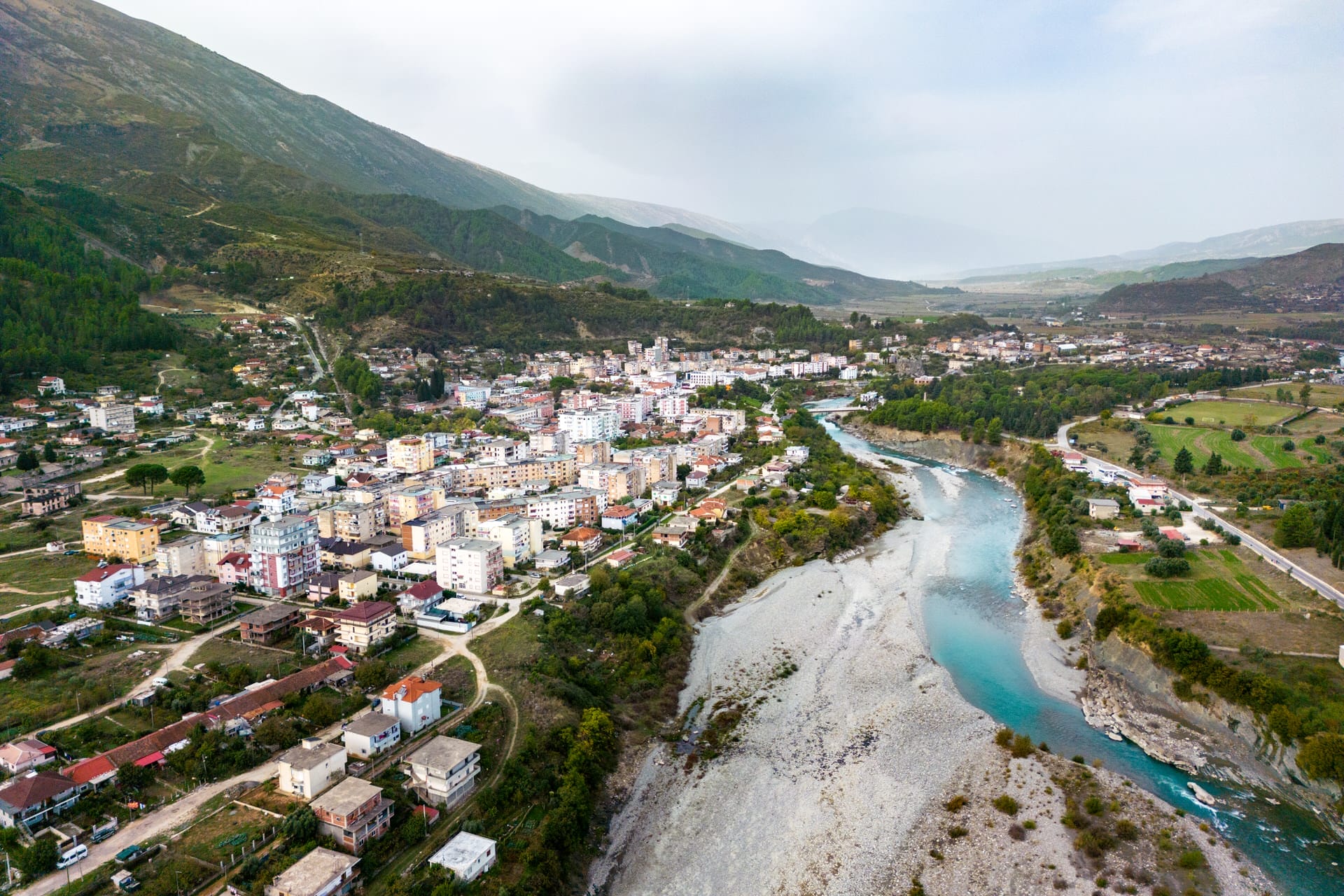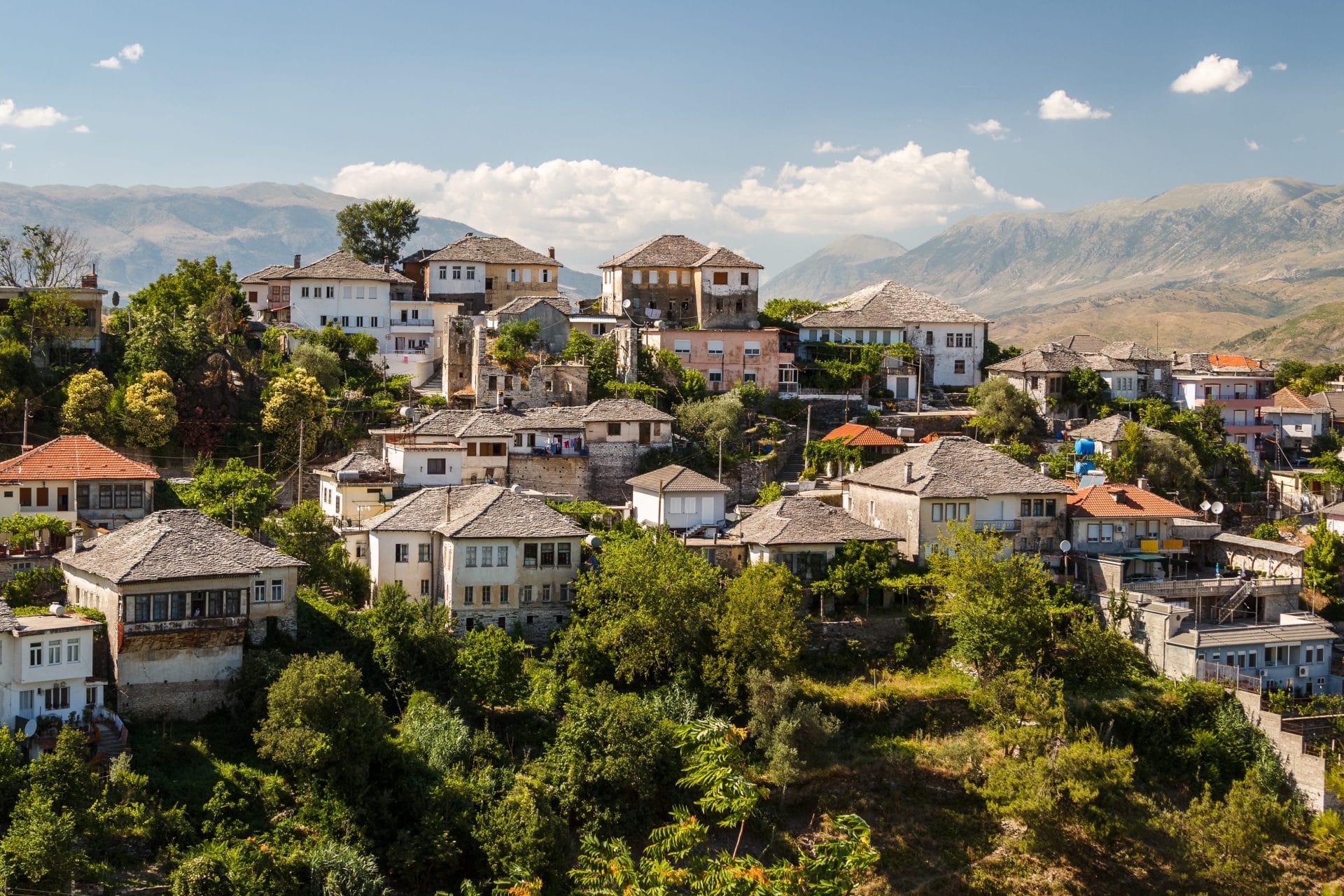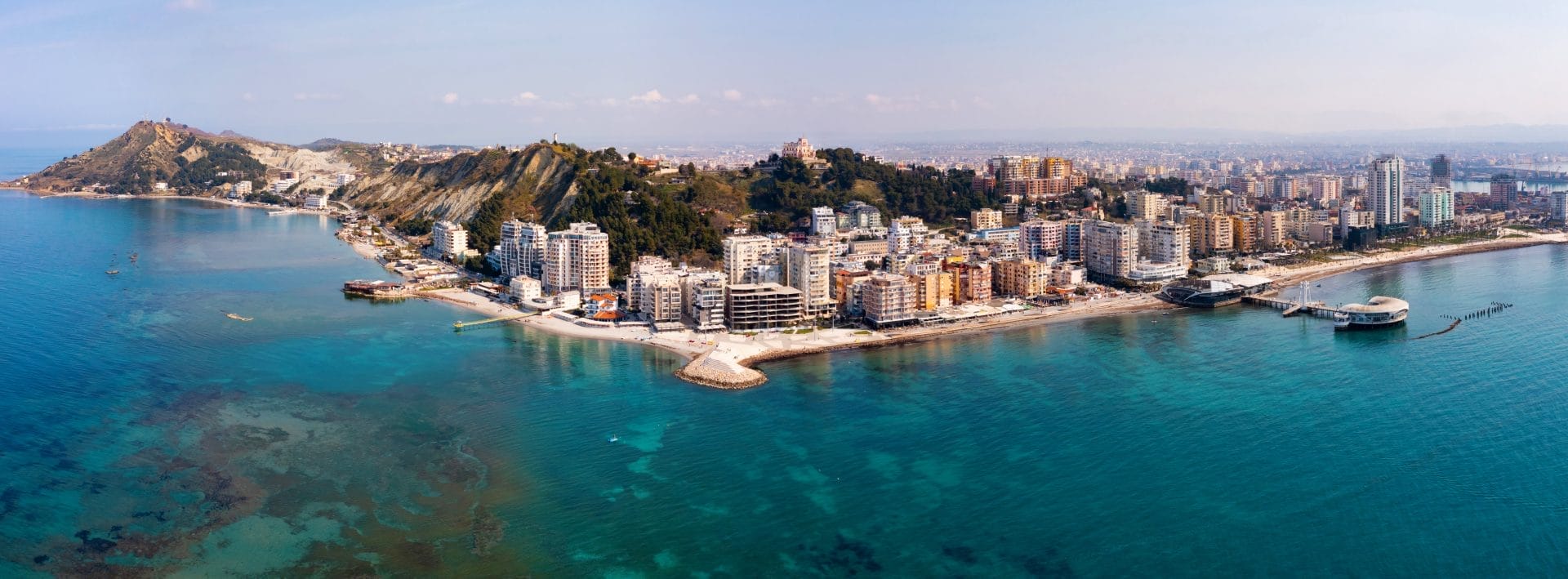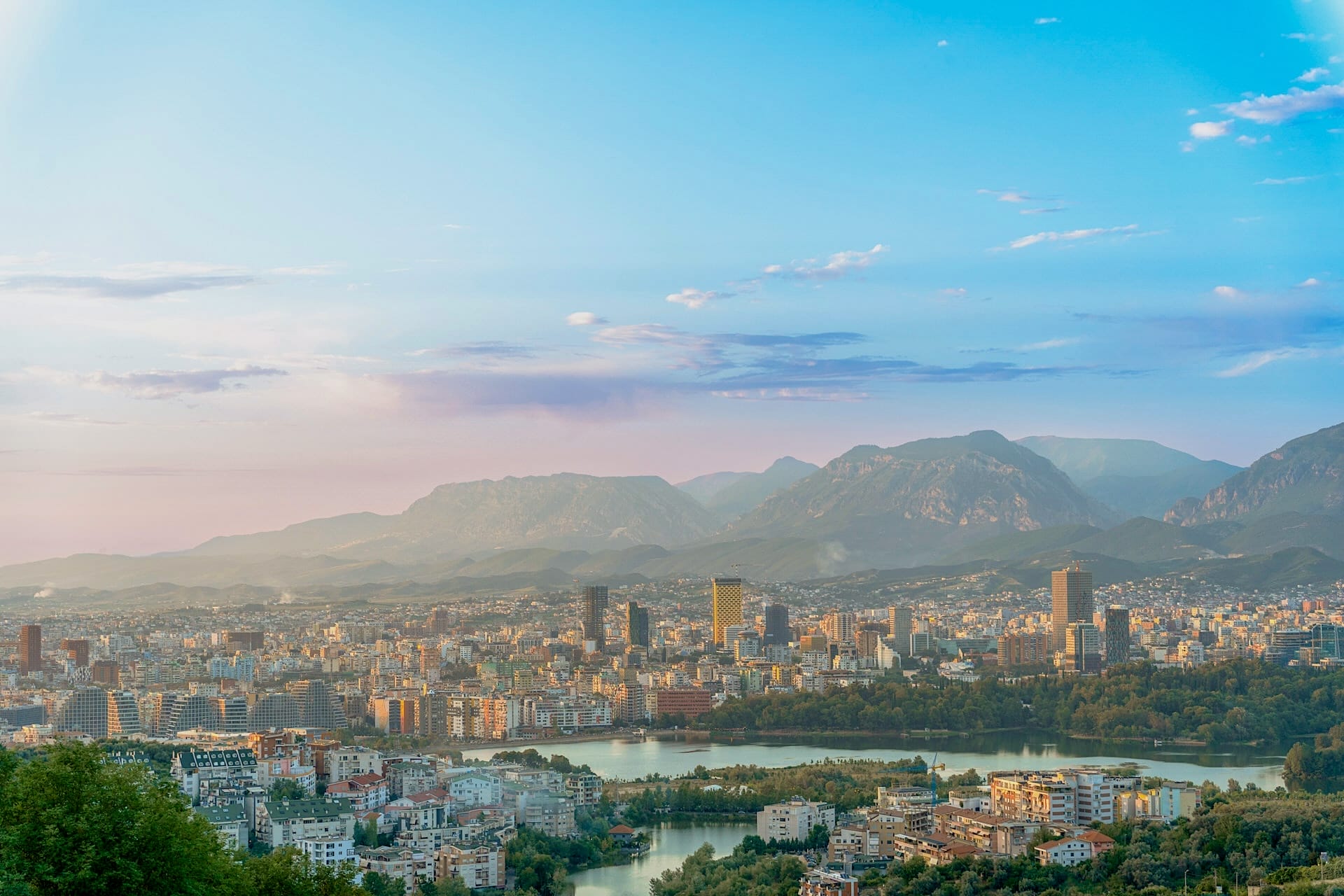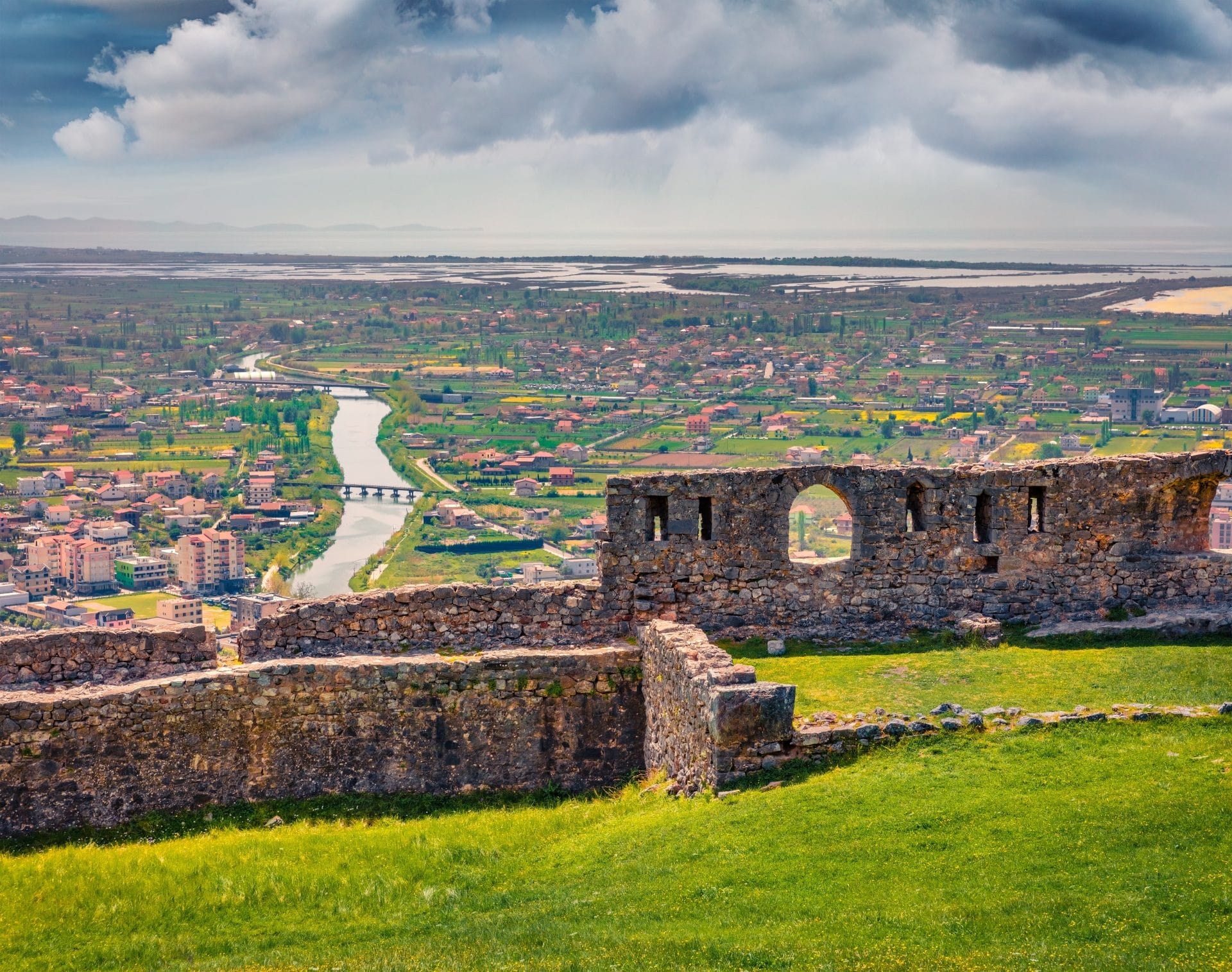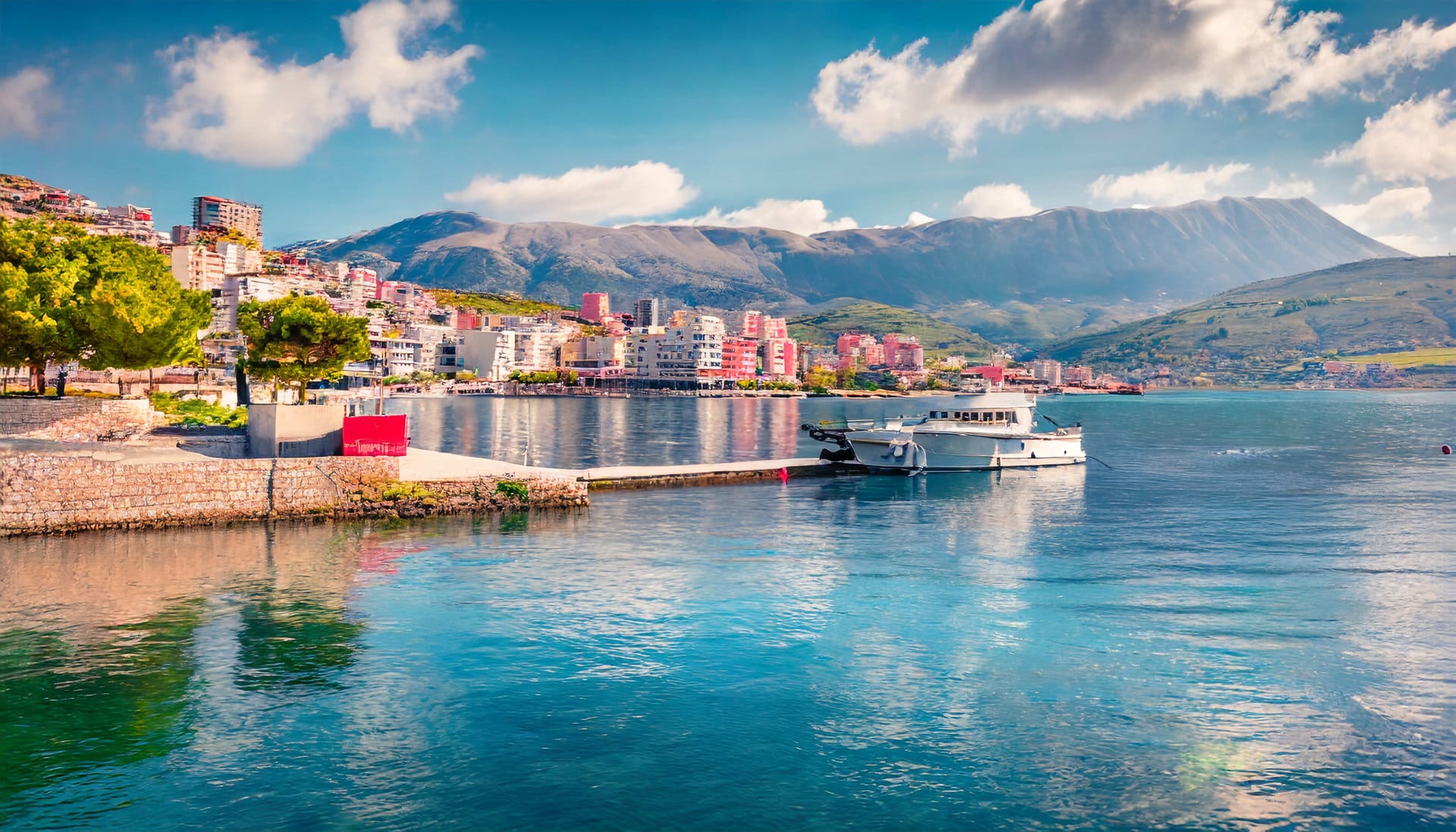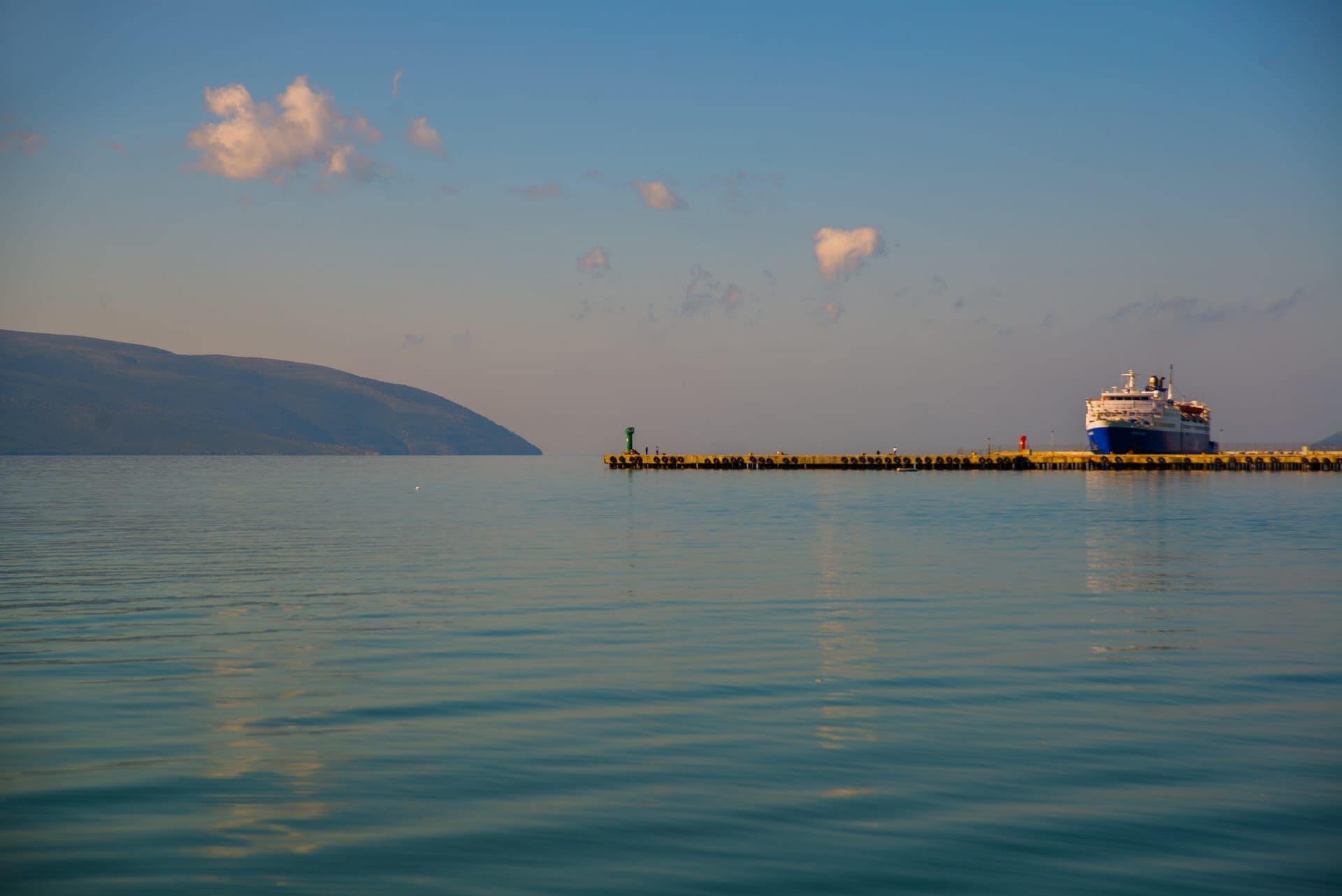
Why Visit
Among Southern Albania’s rolling green contours, an unusual hillock swells conspicuously over Korçë Valley wheat fields – its grassy flanks concealing profound secrets held deeply across three millennia. This is Kamenica Tumulus, the country’s largest prehistoric burial complex recently proven to contain over 200 graves dating from early Balkan arrivals to late antiquity’s twilight along the strategic East-West trade axis binding together early European tribes evolving into Albanian culture itself.
Albania’s Bronze Age Burial Legacy
While unimposing in dimensions compared with Egypt’s pyramids, the nondescript earthen mound hides world-class archaeological revelations through burials and artifacts, telling profound migration stories that directly intertwine with contemporary Balkan populations over 50 generations. Recent excavations add continued intrigue.
Tumulus Origins and Burial Customs
As newcomers trekking slowly across Neolithic Europe first reached the Mediterranean shores, a tradition took hold over generations to bury tribal leaders with honors under stone cairns and earthen mounds called tumuli. Kamenica’s landlocked site bore special ritual importance demonstrated by two concentric stone circles with burials between them – a ceremonial trademark without parallel, especially once a 1300 BCE grave revealed influence arriving from archaic Greece.
Discoveries here trace cultural blending through changing burial customs and grave goods, telling of shifting alliances and beliefs knitting early Albanian lineages to northern Illyrian hill tribes otherwise considered ancestors of modern Albanians and Kosovars. Why Kamenica entombed generations spanning prehistory to late Rome’s dominance leads archaeologists toward fresh historical hypotheses.
The Fascinating Kamenica Museum
Adjacent Kamenica Museum elucidates burial evidence through replica tombs and regional Bronze Age cranial surgery tools demonstrating advanced early medical expertise. But the tumulus itself intrigues visitors by the beliefs it may represent from epochs when Albania’s mineral wealth and Adriatic access routes attracted Mediterranean superpowers to these lands occupied today by passionate yet gently industrious mountain people whose family tree seems as convoluted as Kamenica’s concentric stone rings sheltering their ancestors over 80 generations.
By wandering pathways to observe ongoing archaeological efforts, modern Albanians reconnect through ancient rites that failures and innovations now reveal a cultural resilience rooted profoundly in Europe’s deep memory. The mound’s grassy face links eras.

